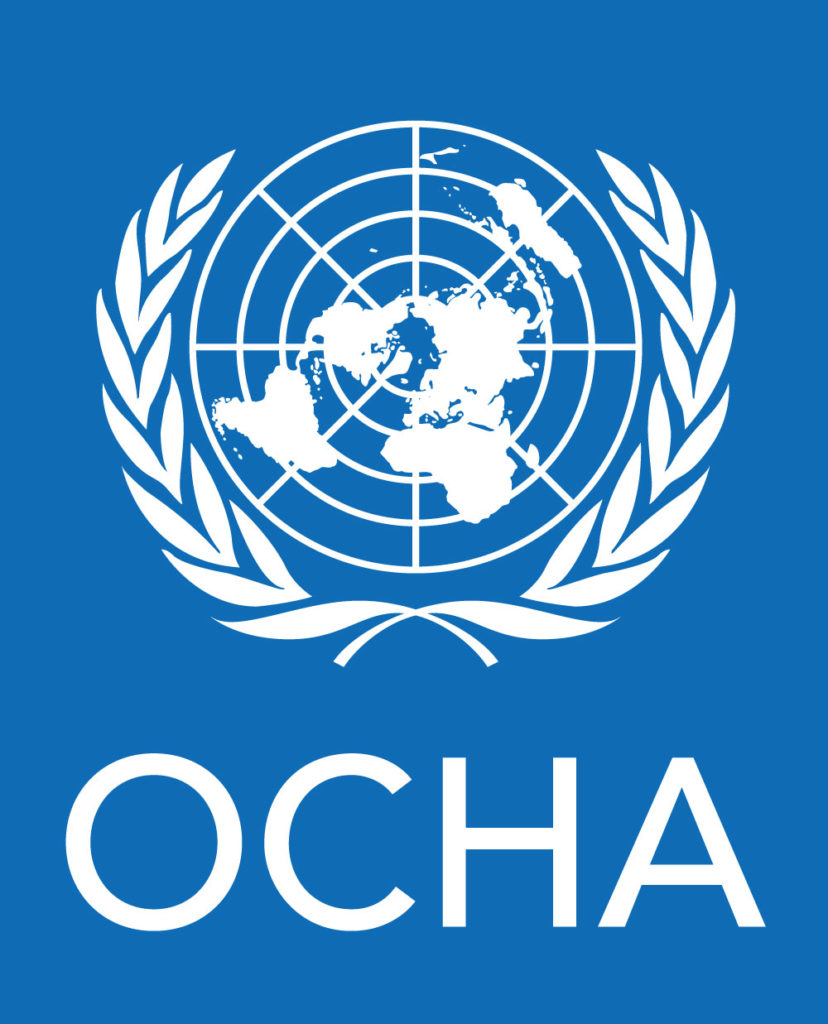Changes in context
Almost three years since the February 2021 military takeover, the people of Myanmar remain exposed to an unrelenting political, human rights, economic and humanitarian crisis. The dire situation is posing grave protection risks for civilians, limiting access to vital services including health and education, and driving deep food insecurity. The deteriorating humanitarian situation continues to have severe consequences for millions of civilians who are bearing the brunt of widespread insecurity, escalating attacks and clashes, mass displacement, and limited access to critical services. Forced recruitment – including of children – is being increasingly reported. The use of heavy weapons, including air strikes and artillery fire, continues to claim lives and pose risks to the safety and security of civilians, while raids, random searches and arrests are of grave concern. The destruction of civilian properties, particularly homes, combined with the protracted fighting, is prolonging the displacement of IDPs and further degrading people’s already fragile living conditions. The ongoing conflict combined with spiraling inflation, is disrupting livelihood activities and depleting coping mechanisms, resulting in record humanitarian needs this year.
In May, the situation was further exacerbated by extremely severe cyclone Mocha, the worst natural disaster on record for Myanmar in nearly a decade. The cyclone and the ensuing flooding devastated communities across Rakhine, the Northwest and Kachin with thousands of homes, productive assets, vast swathes of farmland, and critical infrastructure such as hospitals and schools destroyed or severely damaged. It added an additional 500,000 people to the humanitarian target for 2023 (now 5 million people) and worsened the needs of 1.1 million people already targeted within the HRP.
